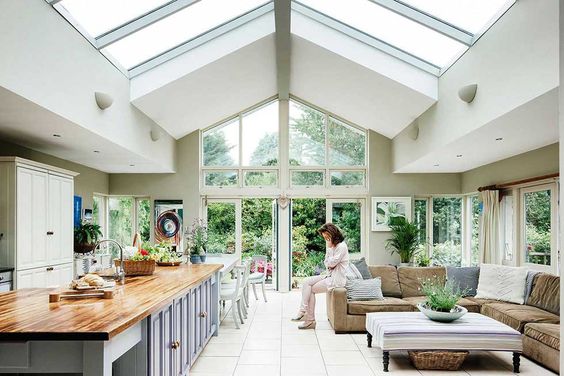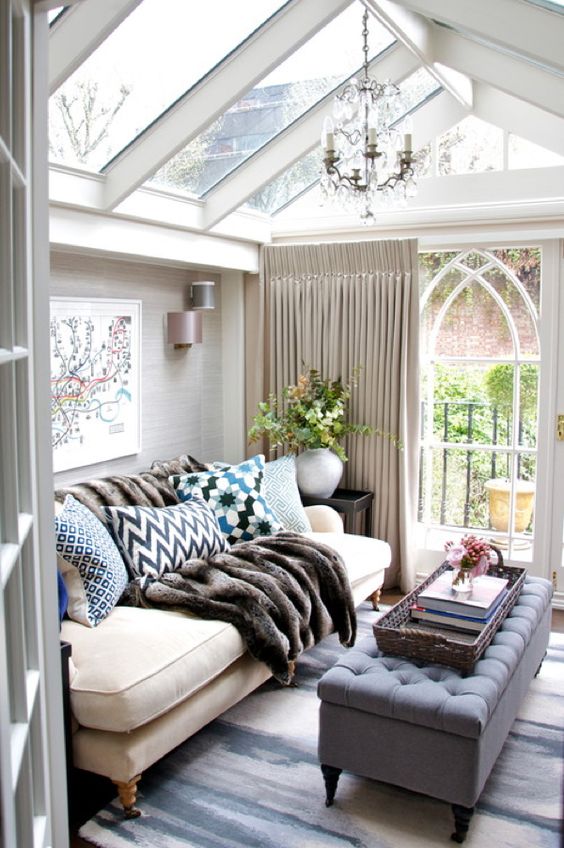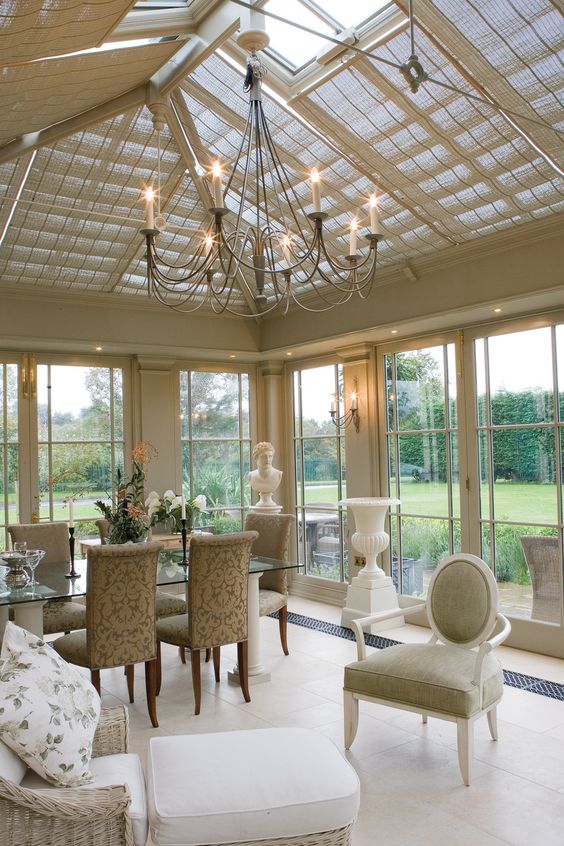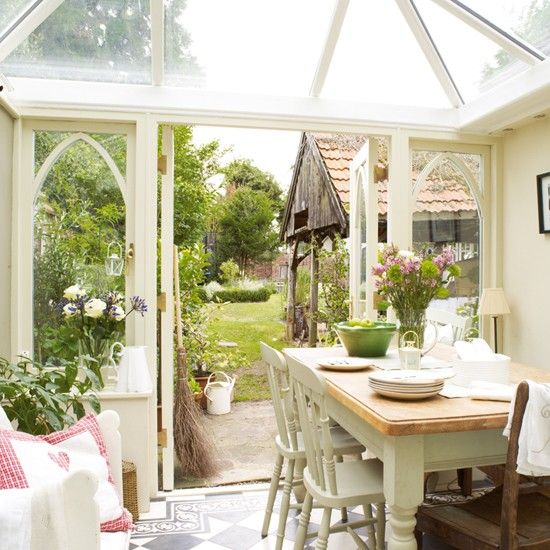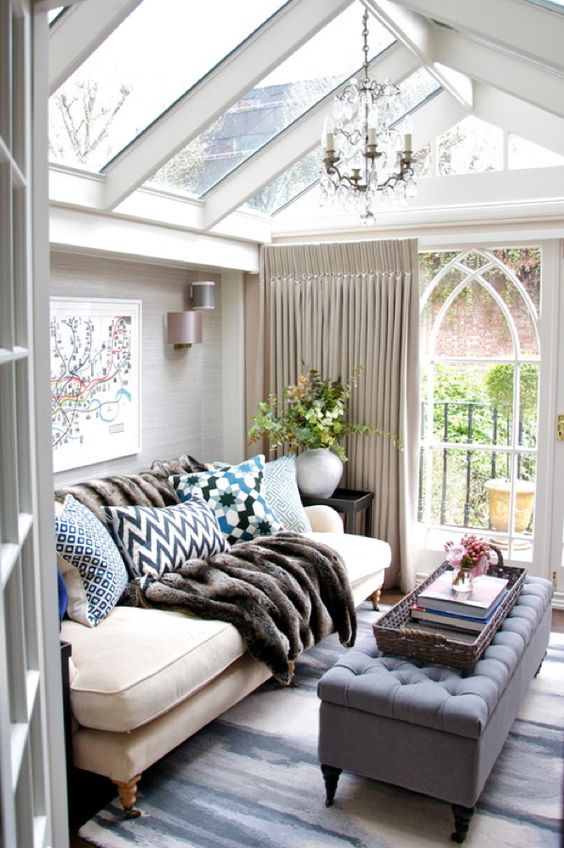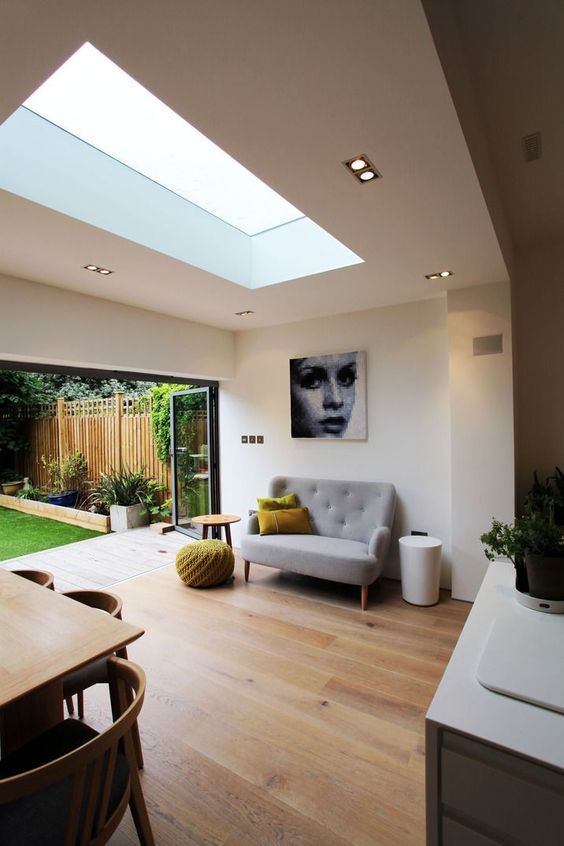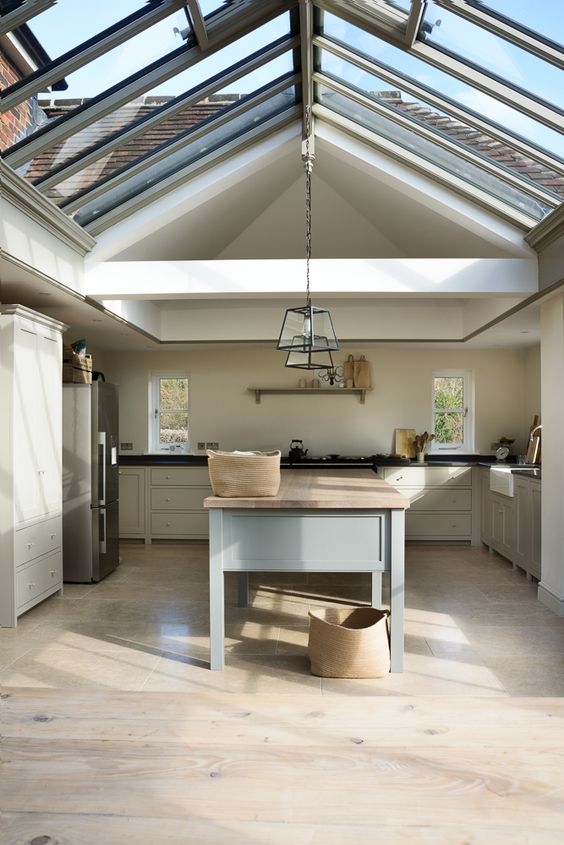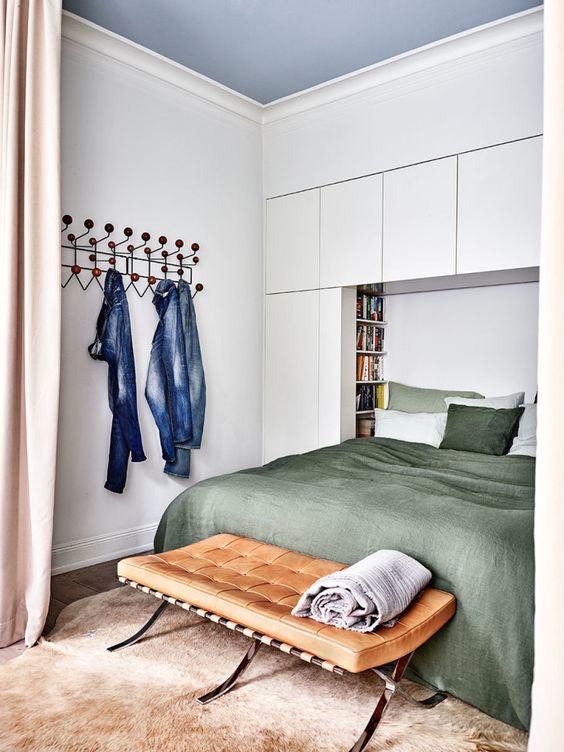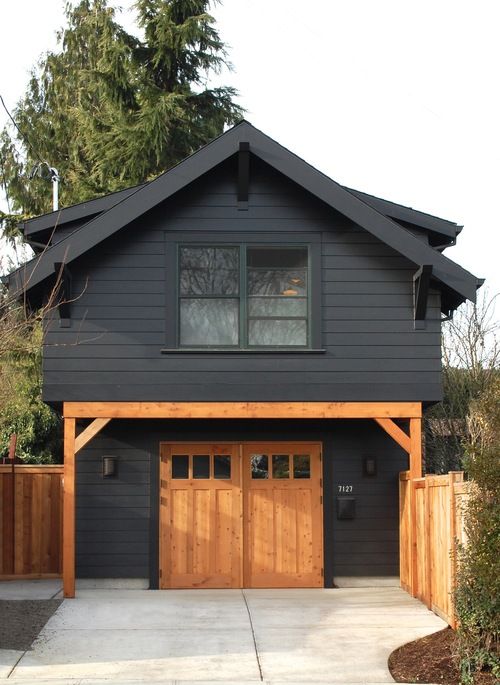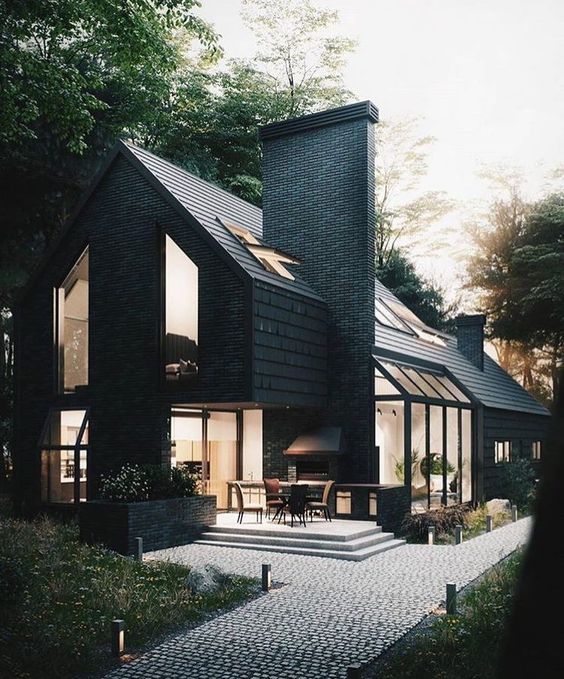Extending Your Home? Why You Should Consider a Roof Lantern
Whether you are looking to increase the number of bedrooms, add workspace to your home, or add a dream kitchen to your property, extending your home is often a much cheaper alternative than moving house to get the additional space you desire. A property extension is a perfect alternative to moving home.
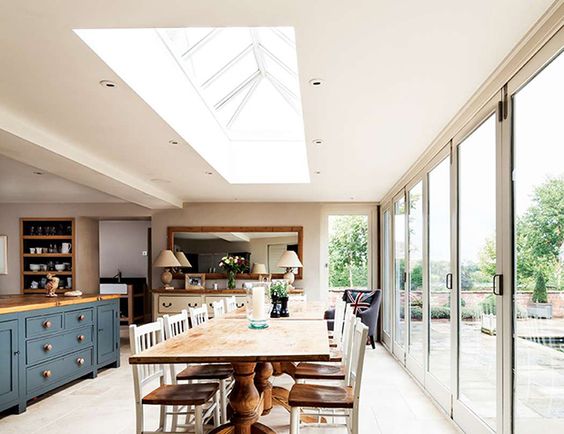
Incorporating a roof lantern into the design of your property extension is a really great idea. A roof lantern isn’t just a quirky design feature. While it can aesthetically add interest to a flat roof, practically it’s a great way to flood light into your home. Read on to find out more about roof lanterns and why this architectural feature is a must-have for your dream extension.
What is a roof lantern?
A roof lantern is an architectural roof feature allowing light into a building. In many cases, a roof lantern consists of glazed elevated panels installed on a roof. From the exterior, a roof lantern adds interest and creates a pitched effect. On the interior, roof lanterns can make a room feel much more spacious by adding height and allowing light to flood in.
Do you need special blinds for a roof lantern?
Adding blinds to the interior of your roof lantern is a great idea, especially if you are keen to control the amount of sunlight coming into your home. For a bedroom, blackout blinds are advisable. Roof lanterns are likely to be an unusual shape, so you will require a blind specialist for skylight windows and roof lanterns to measure and fit your blinds for you. Blinds are well worth the investment as they will keep bright sunlight out, provide privacy when required, and protect furnishings from the sun’s rays too.
The history of roof lanterns
Glazed roof lanterns can be traced back to the Middle Ages. Masonry and glass roof lanterns were used in Renaissance architecture, especially in cathedrals. In the 16th century, orangeries became popular in Italy and France. Orangeries were an early form of the glass conservatory structure and served to keep citrus trees protected during the winter months.
Post-renaissance, roof lanterns were typically made from timber and glass, and many structures were prone to leaking. In the Victorian era, metal-framed roof lanterns became popular in building design and were used to highlight stairwells.
Roof lanterns are still a popular architectural feature, and many property extensions today incorporate modern or traditional roof lanterns. Modern designs of the roof lantern are often called ‘a custom skylight.’
Is a roof lantern the same as a skylight?
Roof lanterns aren’t the same thing as a skylight or rooflight window. A skylight is a single window installed in a flat or pitched roof. A skylight sits flush to the roof, whereas roof lanterns typically form a dome or angular shape. Both skylight windows and roof lanterns are a common design feature and natural light consideration for flat roofs.
What are roof lanterns made from?
Typically, modern roof lanterns are made from glass and either timber, UVPC or aluminium frames.
Do roof lanterns affect room temperature?
Old-school glass conservatories have a reputation for being too cold in winter and too hot to use in the summer. Thanks to modern technology, the glass used in roof lanterns is far more efficient. With the right type of glass, you can control heat transmission, keeping heat in during the winter and reflecting the sun’s UV rays during the summer. Heat reflective glass has a microscopically thin coating of metal or metal oxide.
What are the benefits of roof lanterns?
- Light – by far the biggest benefit of a roof lantern is in the amount of light they can flood into your property. A roof lantern can make all the difference to the inside of your home. With the additional ceiling height and extra light, a modestly sized room can feel a lot more spacious.
- Privacy – planning where windows will go in your extension can be tricky, especially if your home is in close proximity to others. One way to protect privacy is to bring sunlight in through the roof.
- Ventilation – many roof lanterns are non-opening, but for the purpose of ventilation, it is useful for roof lanterns to have one or two panels that can open. There are three main options for ventilation within a roof lantern. These are opening windows, opening sashes (if the roof lantern has side lights), or trickle vents. Vents can be electrically operated. Ventilation is especially useful when the roof lantern covers a kitchen space where it can easily become warm, or in a south facing part of the home that attracts a lot of sunlight.
- Financial savings – allowing extra light into your home will help you to save on electricity.
- Style – there’s no doubt, a roof lantern can add wow-factor to any room. For the spectacular night views alone, they are definitely worth it. Roof lanterns can be used to highlight areas of a room, for example above a dining space. They can help to define a space and add a real focal point to your interior, and they bring an imposing grandeur to the exterior.

